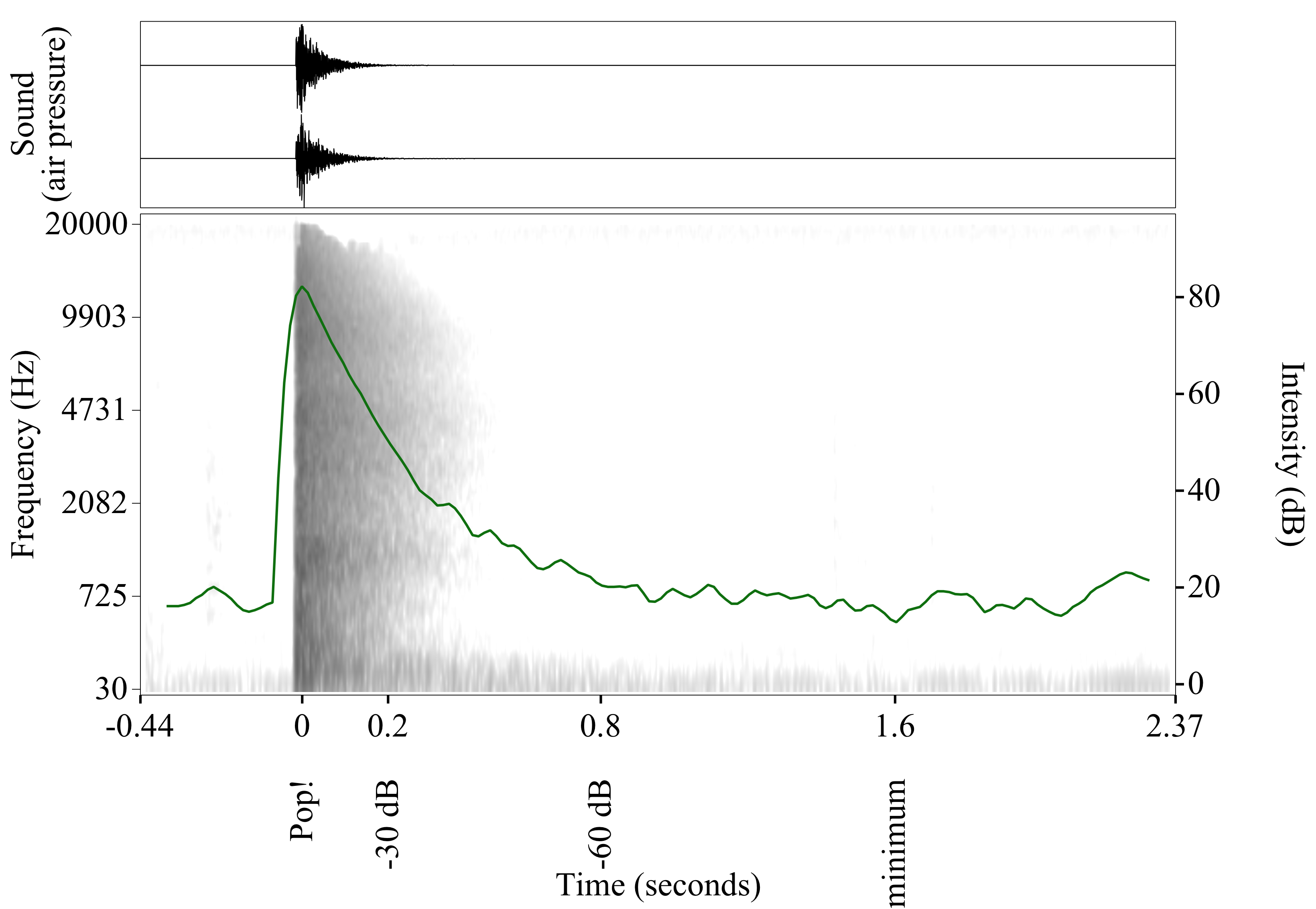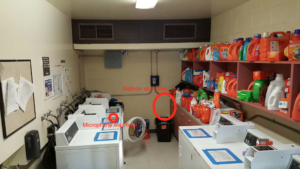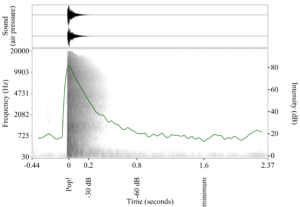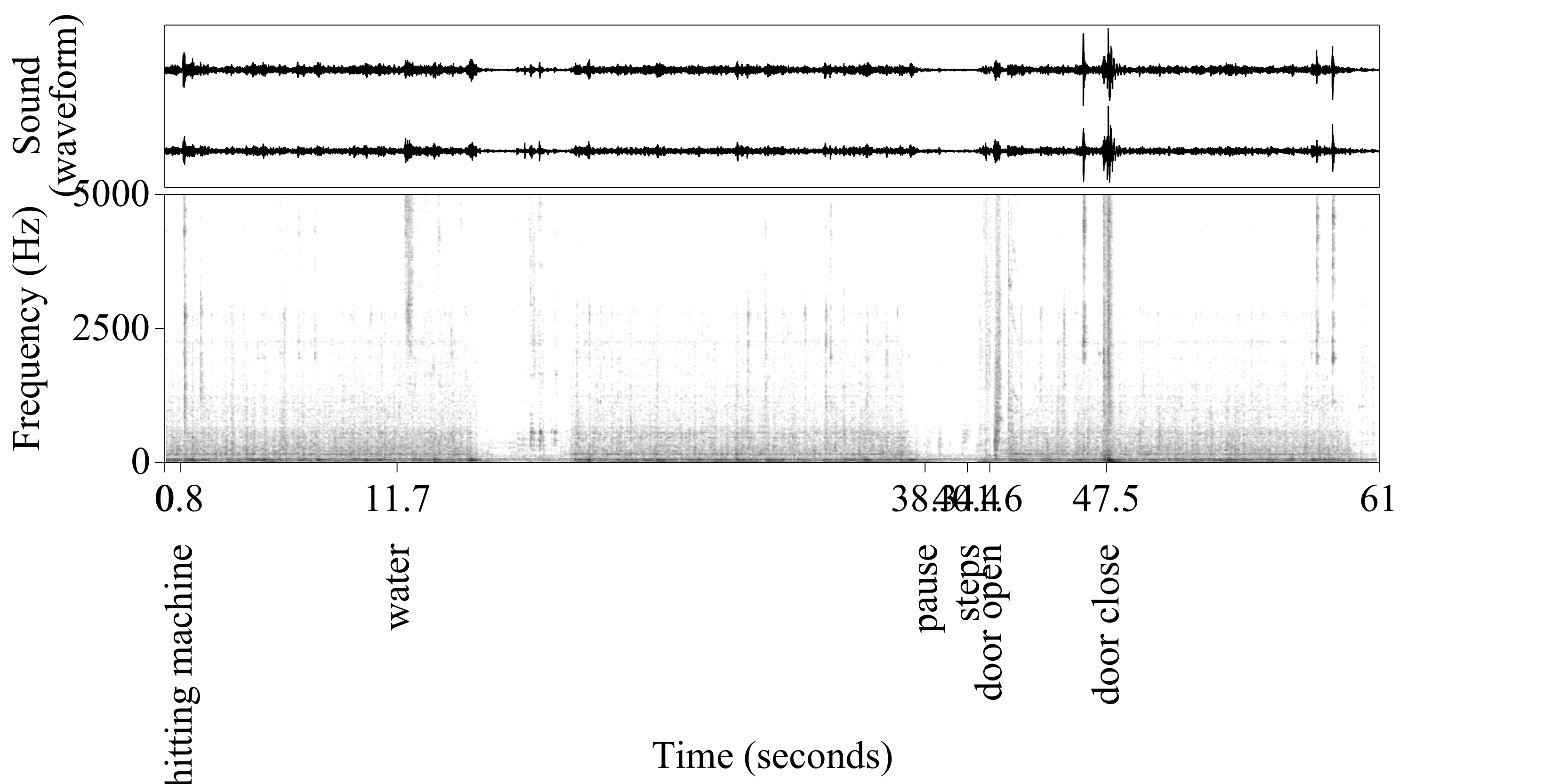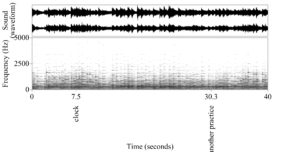
Loading map...

Location: Scripps Music Practice Rooms are hidden underground, to the northeast of the Performing Arts Center. The rooms lie on the sides of two nested rectangles. Both the encompassing and the encapsulated rectangles have longer sides extending in North-South direction. The rooms are usually busiest on weekday afternoons. For this recording, the microphone rested approximately 10 inches above the ground in the Southwest corner of the rooms in the corridor between the two rectangles. The recording was made on a busy Saturday night when 5 piano students are practicing.
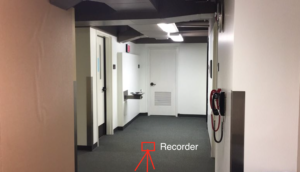
Soundscape: When the recording was made, there were at least 5 piano students practicing concurrently; however, since the microphone was placed in a corner, the two neighboring rooms’ music was most audible, with the practice on Liebestraum being much more dominant. The second piece can most easily be heard when Liebestraum was paused or weak at 00:13, 00:26, and 00:32. Besides the sound made by piano, the clock in the background is also audible. In fact, among the sounds, the clock’s is the most clear and crisp because the piano musics were played in enclosed rooms and their sounds had completed multiple reflections within the rooms before they reach the microphone.
There is no keynote in this soundscape, all of the major sounds intrigue conscious listening. The pianos played in the foreground are archetypes of the soundscape: they identify the rooms as music practice rooms. The fact that the pieces are often paused or interrupted informs the listeners that this is a practice room rather than a recital hall. The pianos can also be considered sound signals because the listeners perceive them consciously. The ticks of the clock may also be classified as a sound signal if the listeners are actively aware of them; otherwise they are the only keynote in this soundscape. The clock ticks are definitely community sound as they are the universal signals of time.
